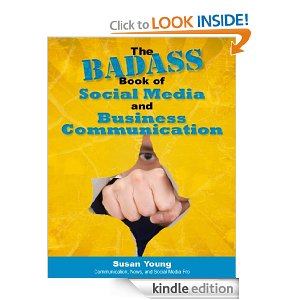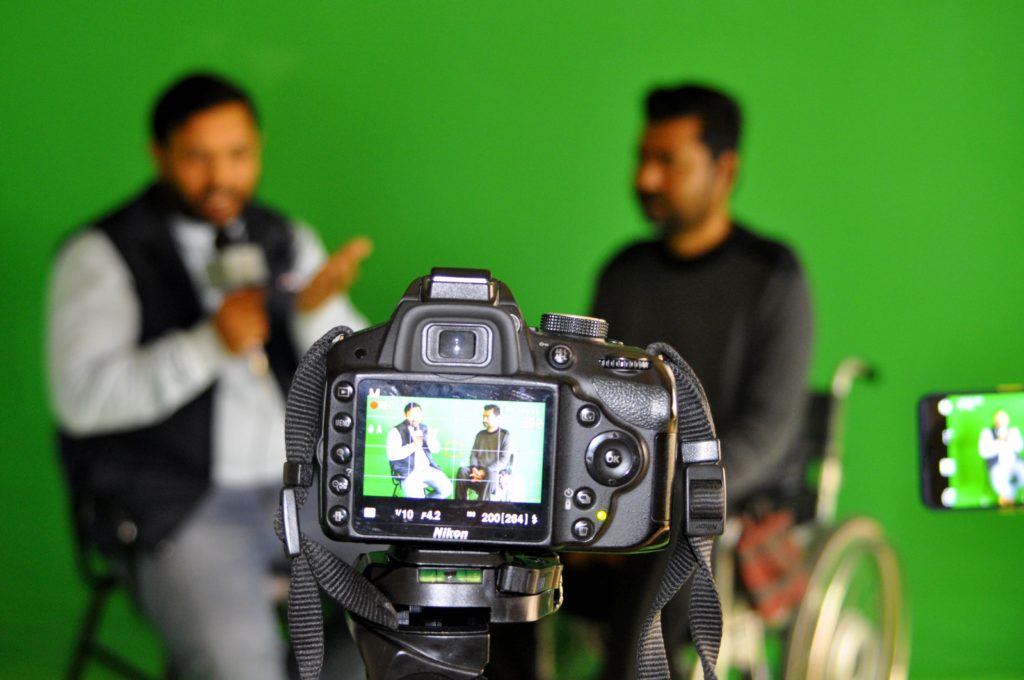Five Ways To Think Like A News Reporter
Editor’s note: Today’s post is an excerpt from PR professional Susan Young’s new Kindle eBook, The Badass Guide of Social Media and Business Communication.
I can’t tell you how many times I’ve heard the phrase, “Think like a reporter.”
Instructors, media pros, and PR wonks tell laymen this all the time. But what does it really mean? How do reporters think? And why do you need to be privy to this information?
You can’t effectively pitch stories to anyone in traditional or social media if you don’t understand how their minds operate. I was a news reporter. Please, allow me.
Here are five tips to help you figure out what they are looking for in a story:
1. Answer the question: “Who cares?” Every time someone pitched me a story, the overriding, nagging question in my mind as I listened or read was, “Who cares? Why should I cover this story?” When you write your pitch or press release, be sure you can answer that question. This is about the content the reporter or blogger provides to their core demographic; their audience. Consider this powerful statement: How does my story affect and impact their audience?
2. Understand the medium. Some stories have great visuals and are perfect for TV, video or print. For example, the demolition of a sporting arena is visually appealing but isn’t as impactful for radio news. Think about the elements available to you and how they can complement your words and storytelling.
3. Put a face on your story. News is about people. People love great stories. Yes, a quote from an author, CEO, or board member can suffice, but it’s dull. Look for a person who has been directly affected by your news. They will tell a much better and different tale. They can get to the emotion because they actually experienced something. That, my friends, is the connection to the audience. It’s all about the human factor.
4. Find something new. A good reporter will ask the question, “What’s new here? Has something happened that we haven’t covered yet?” Look for new statistics, updates, or a fresh angle. Clue: In the word “news” is the word “new.”
5. Give them the right tools. Like you, news decision makers want things to help make their jobs easier. I worked in radio. People would send me cheesy pictures in the mail of their CEO accepting some award. Forget the picture (this was pre-Internet). I needed a voice; a sound bite for my on-air newscasts. Come on, could I go into the news booth and hold up the goofy picture of the CEO and his award? Of course not. The PR person could have easily called me and arranged for the CEO to speak with me for literally two minutes so I could record the conversation and get his audio on the air. Instead, the picture and story landed in the trash. So did their credibility. You may notice that common sense is helpful.
In the end, reporters tend to be naysayers. They are so inundated with irrelevant phone calls, e-mails, texts, and general crap that it’s easy to become jaded. Mix in lousy pay, a fiercely competitive industry, and crazy hours. The mindset of, “Make my day” rules their world. It’s your job to do just that—make their day.
Susan is a great PR professional who knows her stuff. Click here for more information about The Badass Book of Social Media and Business Communication.



